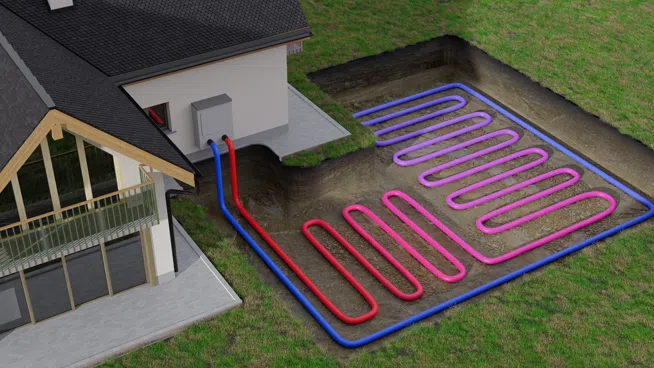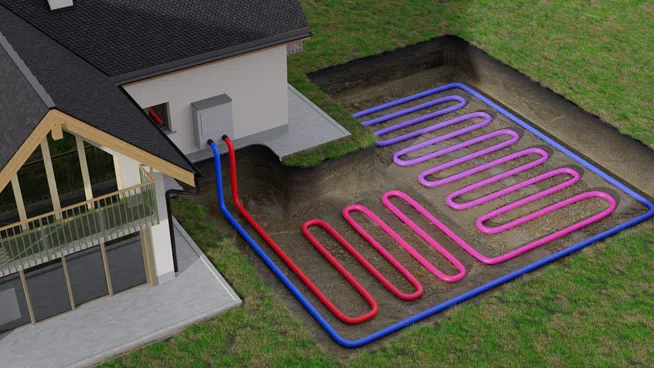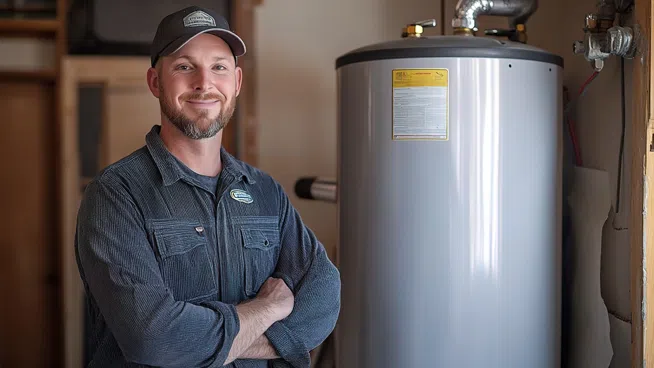

The Inside Outside Guys ~ Geotherm Systems
Jan 28, 2023 | 7:53 AM

More From WJR

Ex Michigan Coach Sherrone Moore Arraigned on Charges of Home Invasion, Stalking, Breaking and Entering
ANN ARBOR ~ Former University of Michigan head football coach Sherrone Moore appeared via video in Washtenaw County District Court on Friday. During the session, he was formally ch...
19h ago

Henry Ford Health Outlines Dealing with Family Estrangement
One in four Americans say they are estranged from their families. Jean El-Fakhoury, a clinical social worker at Henry Ford Health talks with WJR Director of Community Affairs and N...
Dec 12, 2025

The 14th Annual SAY Detroit! Raises $2.5 Million
S.A.Y. Detroit Founder and 760 WJR host Mitch Albom aired live for 15 hours from the Somerset Collection in Troy, featuring local community leaders and celebrities talking to the M...
Dec 12, 2025
SPOTLIGHT PODCAST

Dec. 12, 2025 ~ David Sowerby, the managing director and portfolio manager at Ancora Bloomfield Hills, joins Kevin Dietz to discuss how President Donald Trump and a divided board are to pick a new Fed chair.

Dec. 12, 2025 ~ U.S. Rep. Shri Thanedar (MI-13) joins Kevin Dietz to discuss the articles of impeachment against RFK and Pete Hegseth.

Dec. 12, 2025 ~ Dr. Tim Nash, senior vice president emeritus and director of the Northwood University Center for the Advancement of Free Enterprise and Entrepreneurship, joins Chris Renwick and Jamie Edmonds to discuss the monthly trade deficit falling to its lowest in five years following the imposition of sweeping global tariffs.









